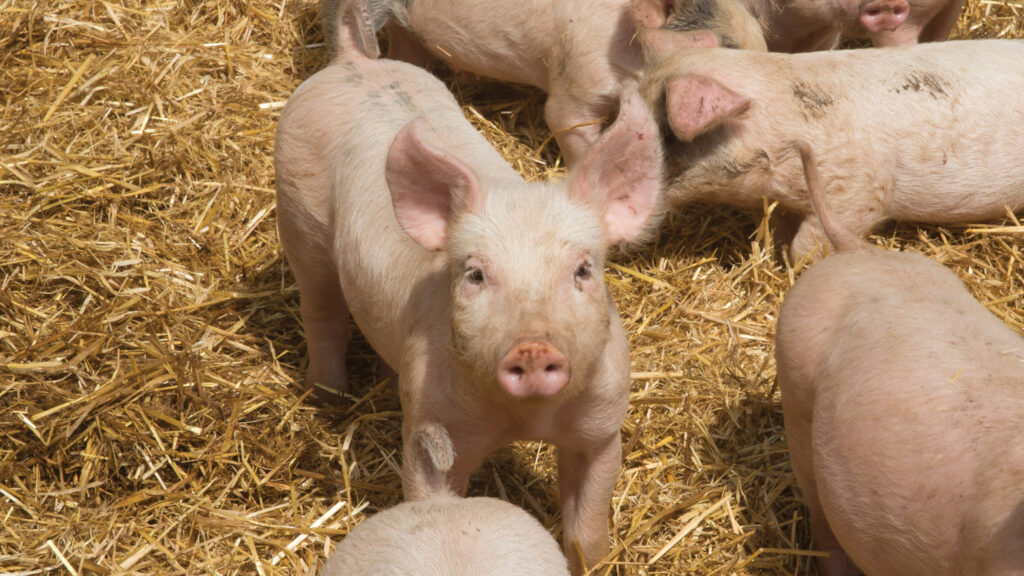Finished pig prices firm in Europe as UK supplies increase
 © Tim Scrivener
© Tim Scrivener Pig prices on the Continent have seen a flurry of support in recent weeks, with prices lifting by 10% since the start of April and tightening the gap to the UK market.
However, GB finished pig prices have been slower to respond, with the trade picking up at a more measured pace during the past month.
The EU-spec standard pig price (SPP) lifted tentatively to 204.85p/kg deadweight in the week to 12 April.
Overall, GB prices had a relatively subdued start to the year with the market in decline during January and February, although it now appears to be improving.
See also: Sainsbury’s aims for ‘net-zero’ pork range by 2030
Rob Mutimer, chairman of the National Pig Association, said: “We have seen some fairly major disruption for the German market due to ASF [African swine fever] breaking out there in January.
“Germany is the biggest pork market in Europe and it has displaced a lot of meat.
“Mainly, it has had a big effect on the sow trade as all our cull sows go to Germany and other places on the Continent to be made into cured meats.”
More recently, continental prices have increased significantly faster than domestic prices.
Mr Mutimer said: “We have to accept now that an awful lot of the pigs in this country are now produced on cost production plus contracts.
“Most of these would have either 30%, 50% or even 100% cost of production written into the contracts.”
This means that when prices in Europe go down, GB prices don’t go down as fast, but the reverse is also true, and any price rallies are slower to reach domestic prices.
Numbers increasing
UK pig meat production lifted by 6% on the year to 245,000t during the first quarter of 2025, with both pig numbers and average carcass weights increasing.
Freya Shuttleworth, senior livestock analyst at the AHDB, said: “This is a substantial gain of nearly 15,000t compared to the same period last year.
“Although it is worth noting that during the first quarter of 2024 volumes were the lowest recorded since 2017.”
Ms Shuttleworth added that it was usual to see volumes ease early in the year in comparison to the final quarter of the previous year, due to the high demand for the pork category at Christmas.
